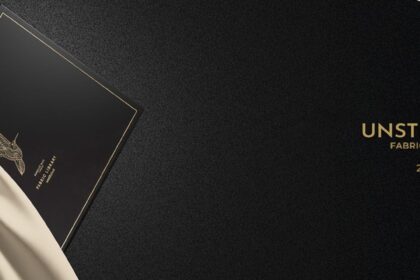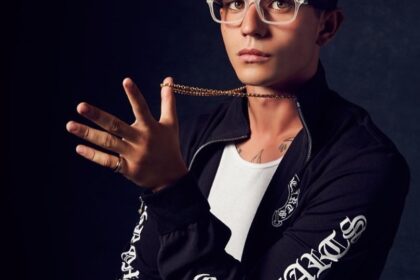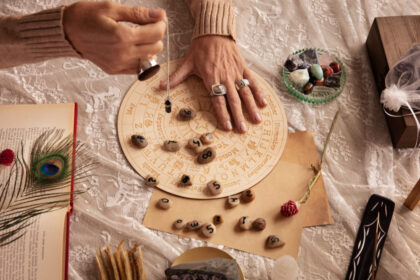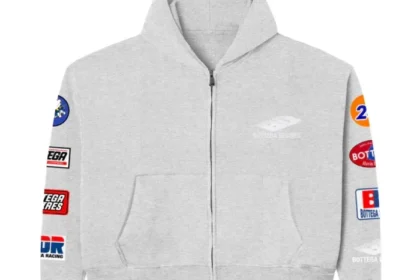Threads That Tell Time
Every generation leaves its story in fabric. From the crisp folds of a shalwar kameez to the tailored edges of a modern blazer, Pakistani men’s clothing has always been a portrait of culture in motion. Each thread carries whispers of history—of festivals, family gatherings, and quiet mornings when tradition met the mirror. Fashion here is not fleeting; it’s rooted. It remembers.
The Pride of the Past
Your grandpa is telling you the story of his past, and his saying mostly revolves around the men’s clothing. As you know, previously, the cupboard of a man was packed with just traditional dresses like shalwar kameez, kurta pajama, prince coat, sherwani, waistcoat, and Bandgala, but now a royal man makes his closet versatile. He has suits that seem like poetry; their cuts reflect dignity and grace. In the old days, the kurta pajama was taken as the icon of pride, as men wore it on special occasions like weddings, Eid, or family gatherings. People say that in their time, clothes were simple, but it does not mean they were plain; every suit was made with pure elegance and shaped by heritage.
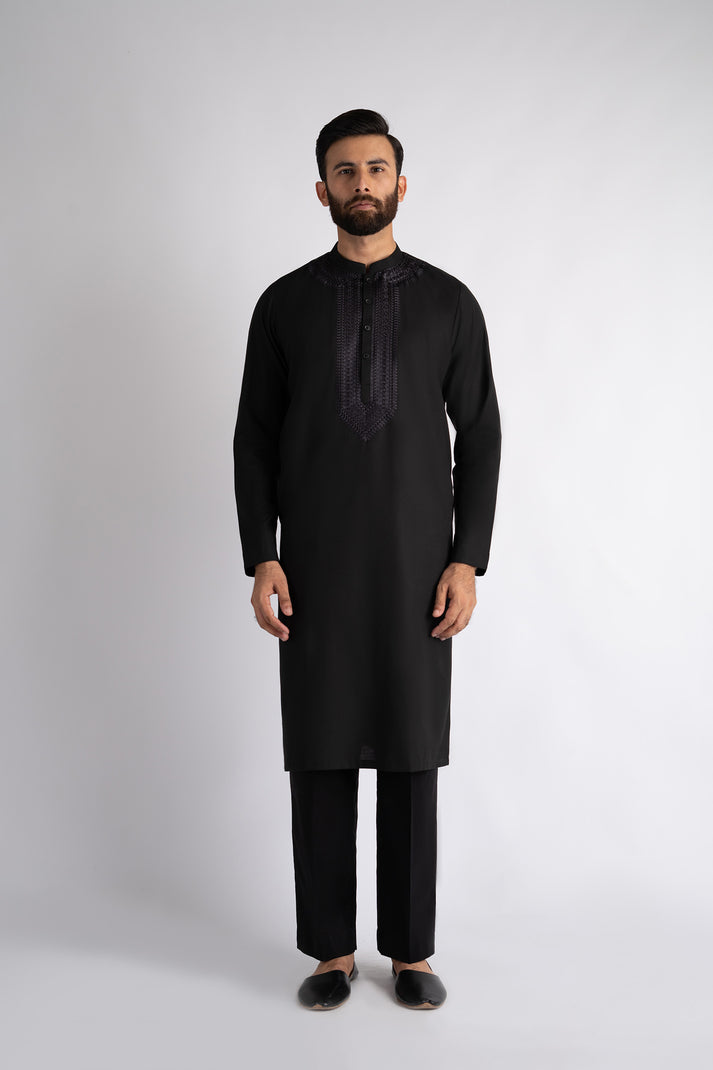
The Shift toward Modern Grace
You all know that, after the 90s, we got more influenced by global fashion. The world opened a door for us; that is why men’s clothing also experienced a blend of modern design and innovative cuts. The change in dresses was not so loud. Instead, it was subtle, like a slimmer cut from here and a modern collar from there. If you see Pakistani dresses, you will quickly identify that now each piece shows a mix of East and West essence. Pakistani designers used classic craftsmanship and married it with contemporary silhouettes. The best part is that we do not lose our identity, but we balance it. It is proof that no matter how much styles evolve, the essence of the heritage remains the same.
Cultural Threads in a Modern Frame
Do you want to see the true evolution? Let’s hold our hands; we will take you to the festive crowd today. You can see a breathtaking harmony of East and West fusion. See the crisp white kurta pajama; it does not look odd with a modern waistcoat. Similarly, take a look around yourself; a man wears a sherwani and pairs it with tailored pants, and we do not think it looks overboard. Now look at the surprise: a handcrafted khussa stands beside a sleek men’s shoe, and both stay proud. This fusion is not confusion but shows growth in fashion that impresses the future generation, too.
The Rise of Personal Expression
In the 80s and 90s, modern men chose those men’s clothing brands in Pakistan whose suits fit them perfectly, but now, things have changed. Today’s men prefer clothes that grab attention and also impress everyone. The latest definition of fashion has changed; it says fashion is an expression of individuality, not imitation. In the present and for the future, everyone will see a signature identity in their clothes, whether it is a shalwar kameez or a waistcoat. For fashionable men, style is not something we wear; it is a source we live, and in this evolving world, Pakistani clothes still hold their roots.
When Tradition Finds Its Rhythm
Whether you buy a designer suit or a piece from a men’s clothing sale, the thing that is common in both is the connection between heritage and contemporary art. Our designers skilfully mix the old craft with new creativity, and the best part is that they create the rhythm. You can picture the moment when you see your son wearing the same Boski fabric your father adores, but with a different cut. Similarly, we keep embroidered waistcoats for bigger occasions like weddings, valimas, or formal family gatherings, but now this item has also made space in modern wardrobes. A famous fashion designer once said, “Our tradition does not fade, but it finds new ways to shine.”
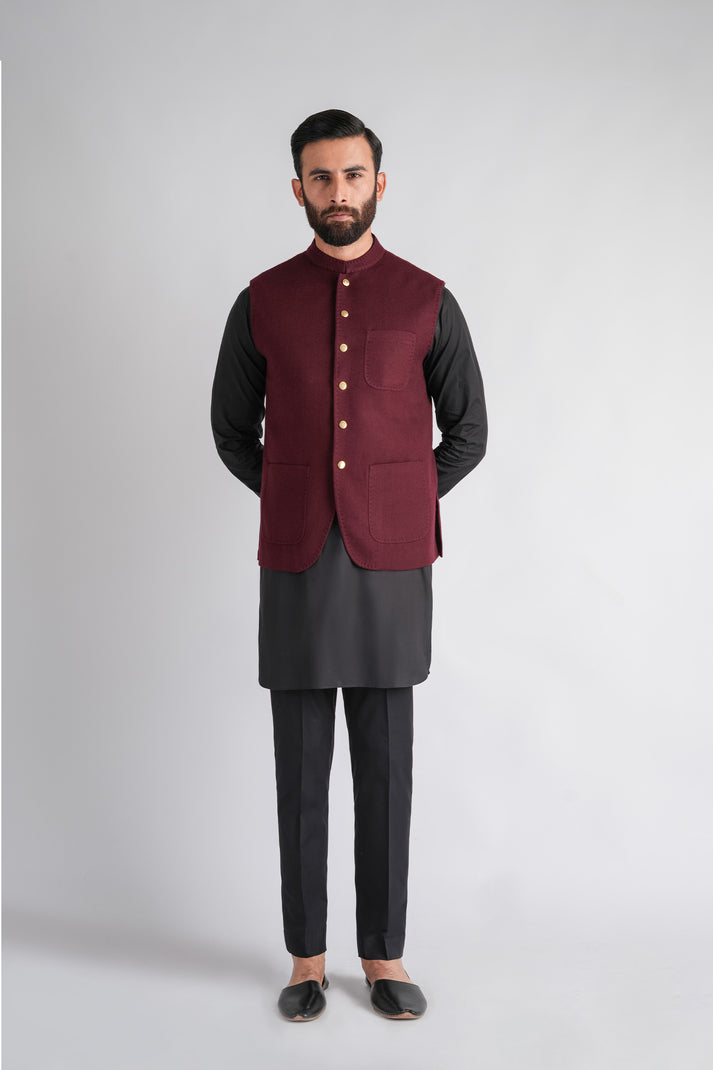
The Emotion in Every Ensemble
We have gone through many men’s clothing brands in Pakistan and found one thing in common. For a top brand like BareezeMan, they take a suit not in the way of fabric or form but in the way of emotion. For them, clothes hold memories. For instance, you wear a hand-embroidered kurta stitched by your family tailor, and now you feel proud. Also, after some time, that suit will become nostalgic, reminding you of Eid morning laughter. For the journey of men’s dressing, it is not about the looks but how it feels. Warm, proud, and deeply personal.
Blending the Best of Both Worlds
What defines modern Pakistani menswear? The duality! It means a suit stitched with a mixture of tradition and innovation. You can understand it by an example. Buy an embroidered kurta for men from a brand like BareezeMan; you will see their pieces borrow motifs from ethnic embroidery, but the cuts are modern and minimal. At this point, you can say that heritage and modernity do not compete but instead walk side by side, creating harmony. A modern suit at a Pakistani store still holds its roots and shows a reflection of the Pakistani spirit.
A Journey Still Unfolding
The story of Pakistani men’s clothing is far from over. Each season brings new forms of self-expression, yet the heart of tradition still beats strong. The modern man wears his heritage not as a weight, but as wings. He walks with one foot in history and the other in tomorrow—confident, connected, and unmistakably his own.
Because true style doesn’t forget where it came from—it simply learns how to move forward.
